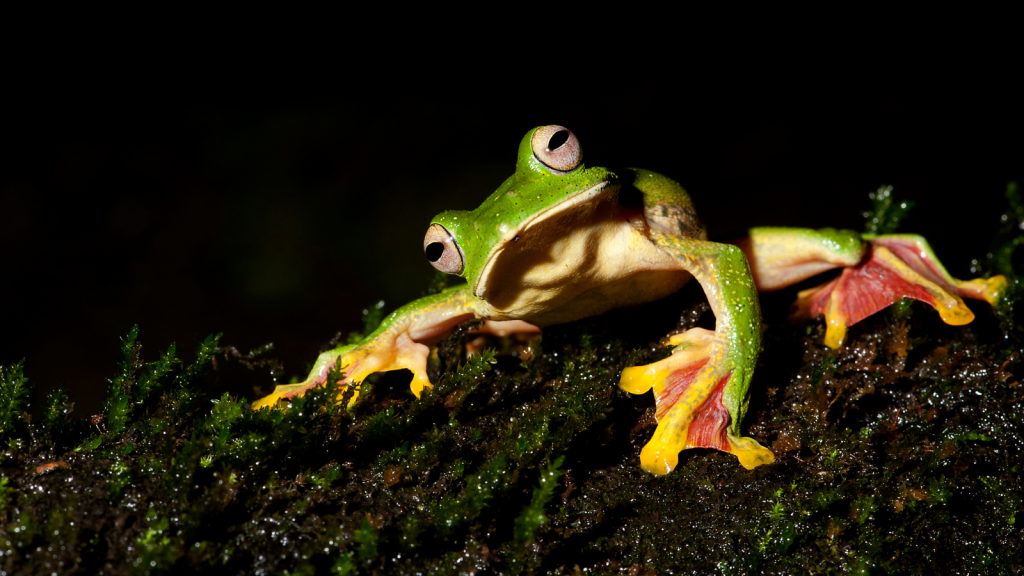India’s vast landscapes, from the snowy Himalayas to the tropical rainforests, harbour a many species of unique wildlife. Among these are some truly bizarre creatures that seem to have leapt straight out of a fantasy novel. These odd animals range from fish that can climb trees to monkeys with lion-like manes. Join us as we explore 15 of the strangest and most captivating creatures that call this diverse country home.
Purple Frog
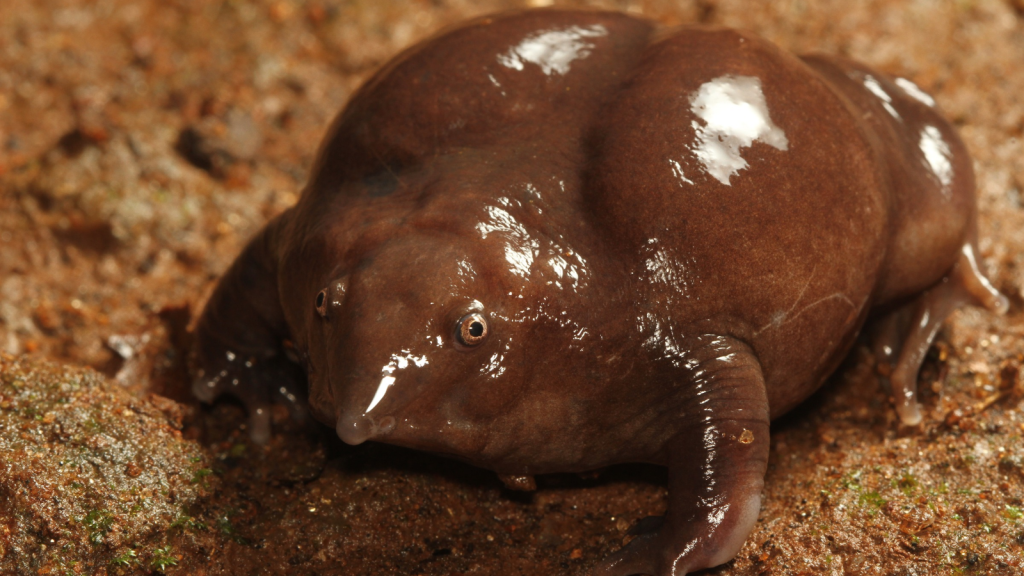
The Purple Frog, also known as the Pig-nosed Frog, is a peculiar amphibian found in the Western Ghats. It spends most of its life underground, emerging only for a few days each year to breed. With its tiny eyes, pointy snout, and bloated purple body, it looks more like a character from a cartoon than a real animal. This strange frog is a living fossil, with its lineage dating back 130 million years. Its unusual appearance is a result of its burrowing lifestyle, with its pointed snout perfectly adapted for digging through soil in search of its favourite food: termites.
Red-Lipped Batfish
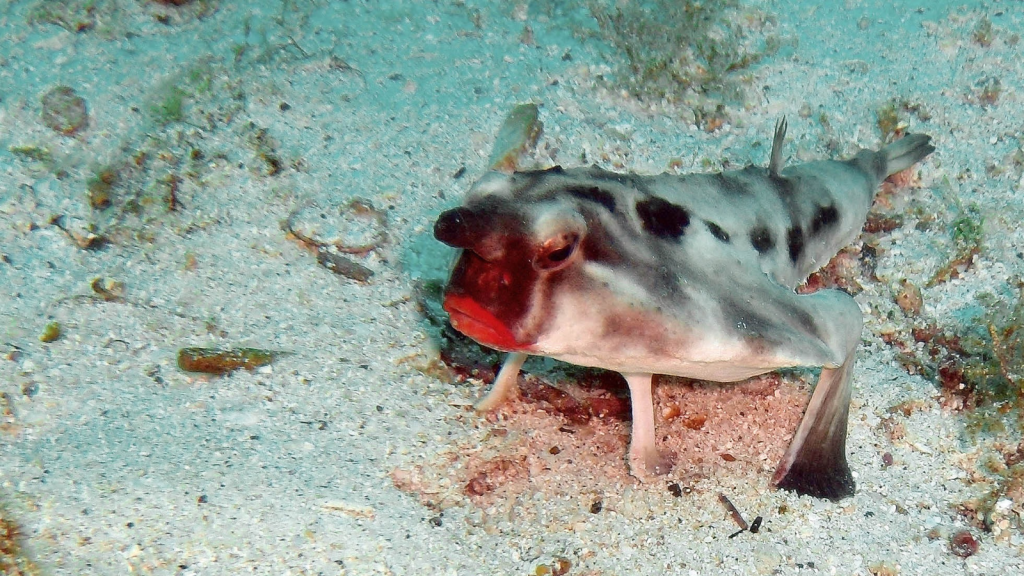
While not exclusive to India, the Red-Lipped Batfish is occasionally found in the waters around the Andaman Islands. This odd fish appears to be wearing bright red lipstick and has leg-like fins that it uses to ‘walk’ along the ocean floor. It’s a poor swimmer but an excellent ambush predator, using its unusual appearance to lure in unsuspecting prey. The batfish’s distinctive red lips are thought to play a role in attracting mates, with brighter lips potentially signalling better health and genetic quality.
Lion-Tailed Macaque
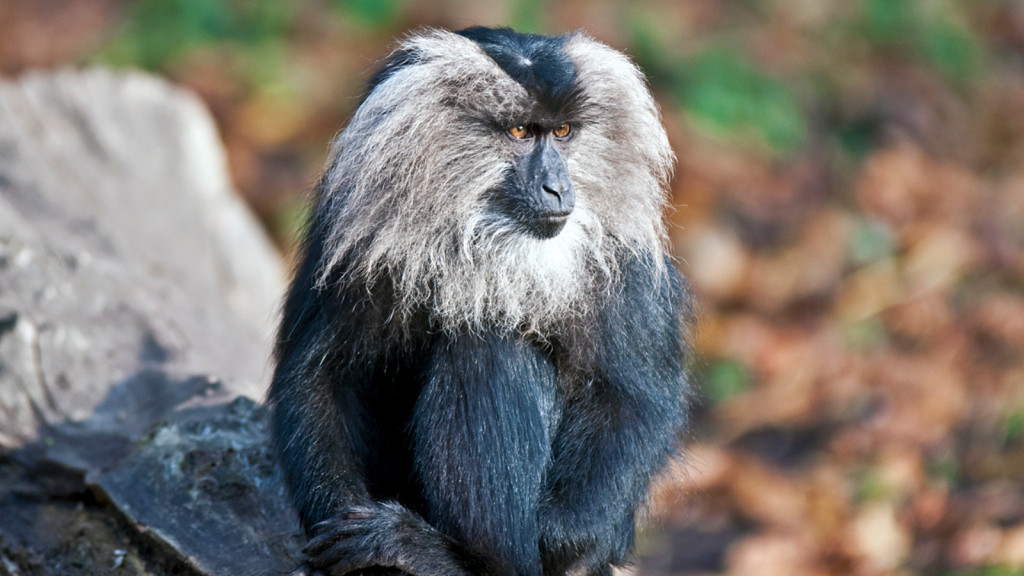
The Lion-tailed Macaque is an Old World monkey endemic to the Western Ghats of South India. It’s named for the lion-like mane of silvery-white hair that surrounds its black face. These monkeys have a distinctive alarm call that sounds remarkably like a human whistle. Despite their regal appearance, they’re known for their mischievous behaviour and have been observed using tools in the wild. Lion-tailed macaques have one of the smallest population sizes of any primate, with estimates suggesting fewer than 2,500 individuals remain in the wild.
Malabar Gliding Frog
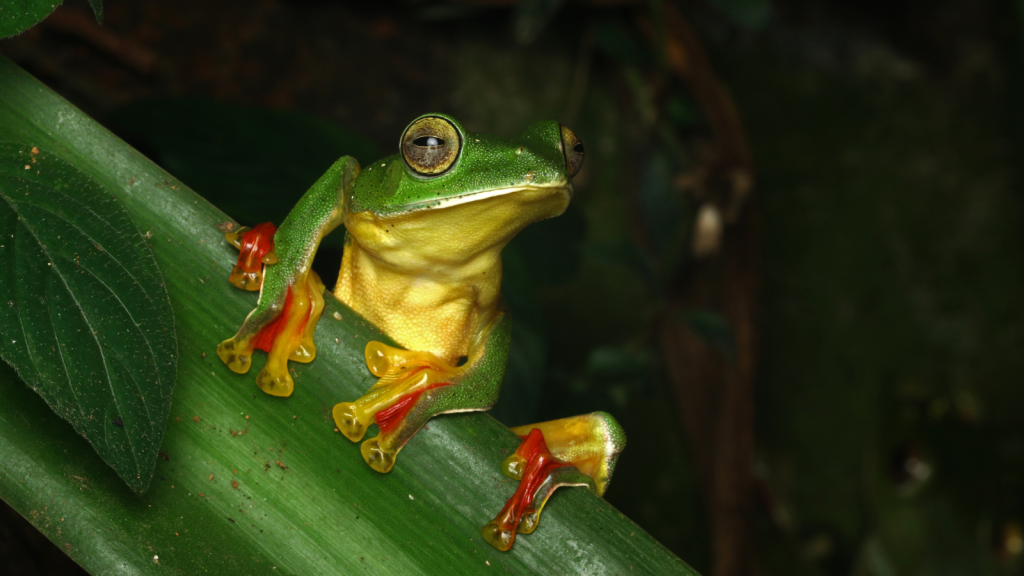
This vibrant green frog is found in the tropical forests of the Western Ghats. It has large webbed feet that it uses to glide from tree to tree, sometimes covering distances of up to 12 meters in a single leap. During mating season, males construct foam nests on leaves overhanging water bodies, where females lay their eggs. The foam nests protect the eggs from predators and keep them moist, with tadpoles dropping into the water below when they hatch.
Ghost Crab
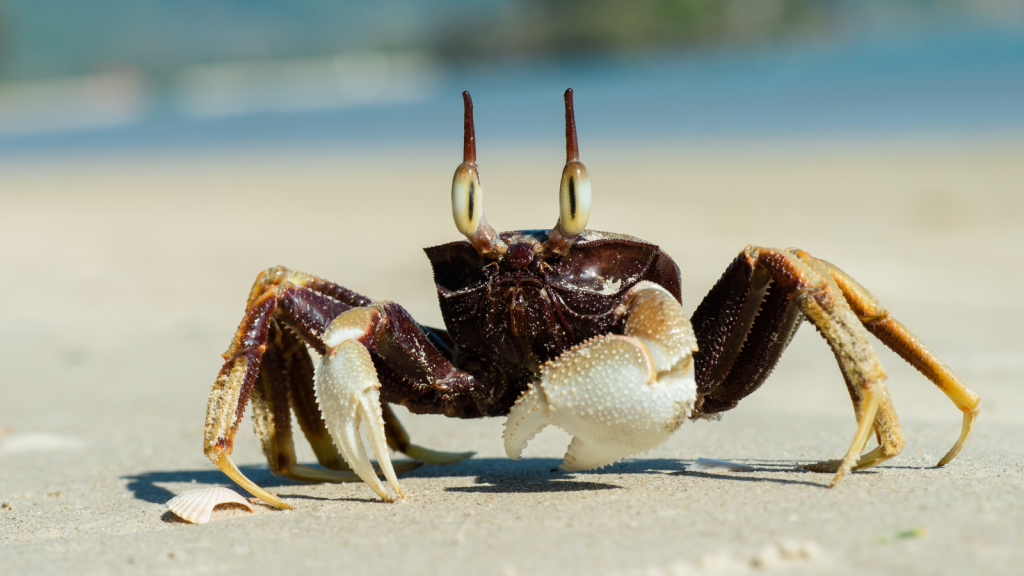
The Ghost Crab, found on beaches across India, is known for its pale colour and ability to seemingly vanish into the sand. These crabs can change colour to match their surroundings and can run at speeds of up to 10 mph – the equivalent of a human running at 200 mph. They have eyes on stalks that can rotate 360 degrees, giving them an almost alien appearance. Ghost crabs play a crucial role in beach ecosystems, helping to clean the beach by feeding on detritus and smaller organisms.
Indian Pangolin
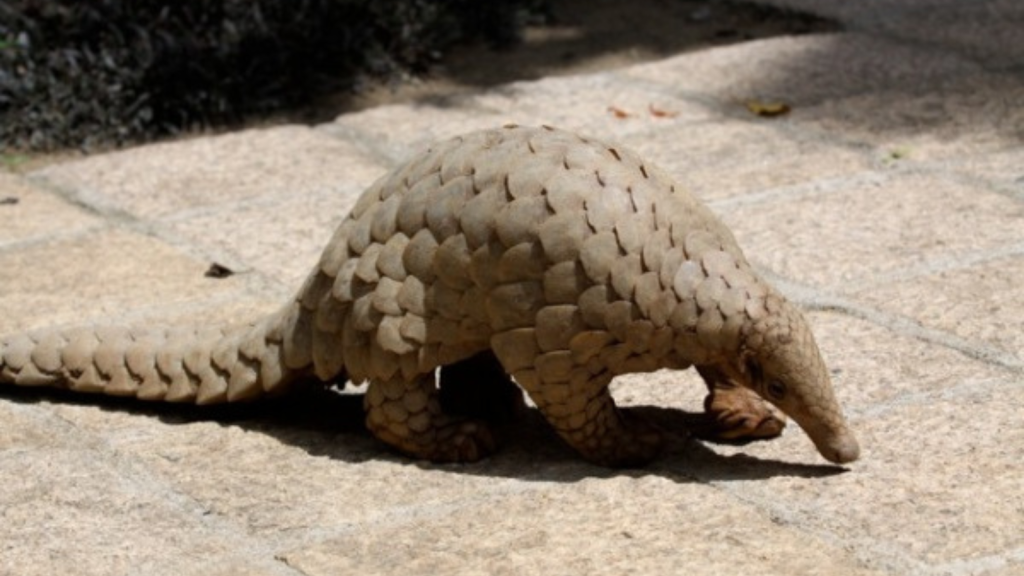
The Indian Pangolin looks like a walking pinecone, covered in large, protective scales made of keratin. When threatened, it rolls into a tight ball, using its scales as armour. This odd mammal has a long, sticky tongue that can extend up to 40 cm to catch ants and termites. Sadly, it’s one of the world’s most trafficked animals due to the demand for its scales in traditional medicine. A single pangolin can consume up to 70 million insects per year, making them essential for controlling insect populations.
Gharial
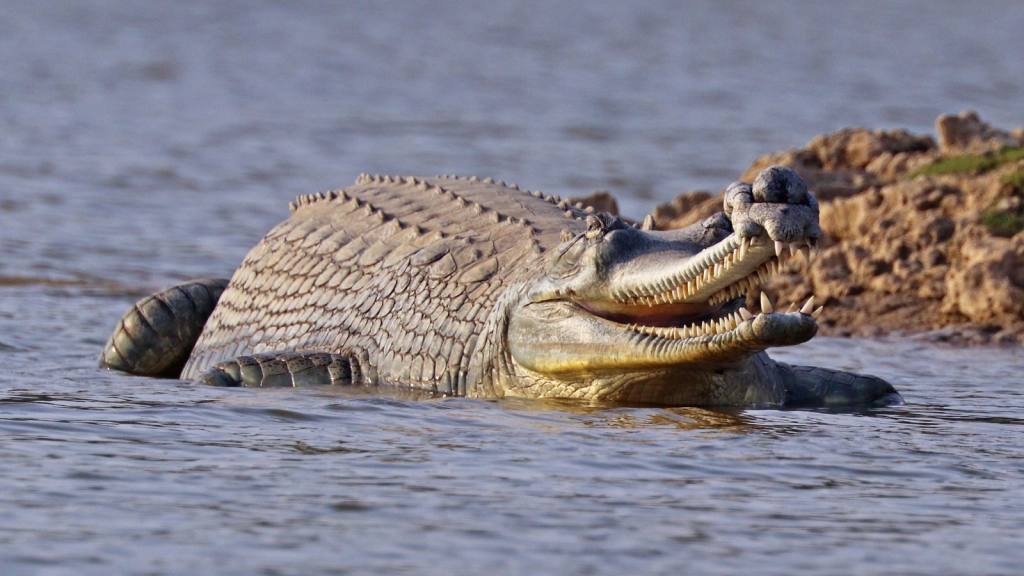
The Gharial is a critically endangered crocodilian with a distinctively long, thin snout filled with interlocking teeth. Male gharials develop a bulbous growth on the tip of their snout called a ‘ghara’, which they use to make bubbling noises to attract females. These unusual reptiles are excellent swimmers but awkward on land, making them specially adapted for life in rivers. Gharials can live for up to 100 years, but their population has declined by 98% since the 1940s due to habitat loss and fishing net entanglement.
Flying Lizard
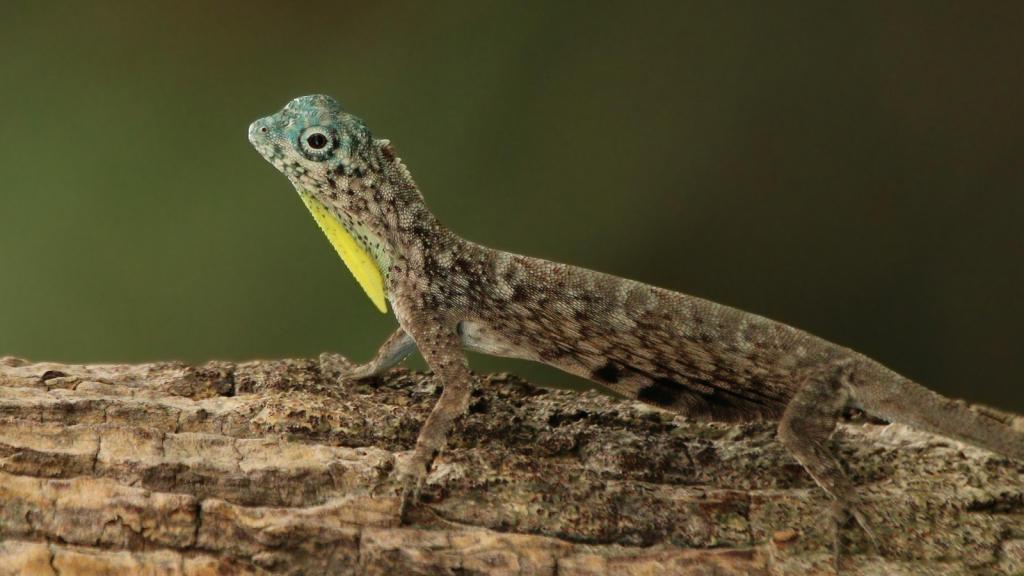
Several species of flying lizards, or Draco, are found in India. These remarkable reptiles have elongated ribs covered with flaps of skin that they can extend to glide between trees. When not in use, these ‘wings’ fold away neatly against the body. Male flying lizards have colourful dewlaps that they display to attract mates or ward off rivals. Some species of Draco can glide for distances of up to 60 meters, using their tail as a rudder to steer through the air.
Barrackpore Carp

This fish, found in the wetlands of West Bengal, has the extraordinary ability to climb trees. It uses its fins to grip the bark and wiggle its way up tree trunks to escape flooded waters. The Barrackpore Carp can survive out of water for hours by breathing air, making it one of the most unusual fish in India. This unique ability to ‘climb’ is an adaptation to the monsoon season, allowing the fish to survive in oxygen-depleted floodwaters by accessing air-breathing organs.
Hornbills
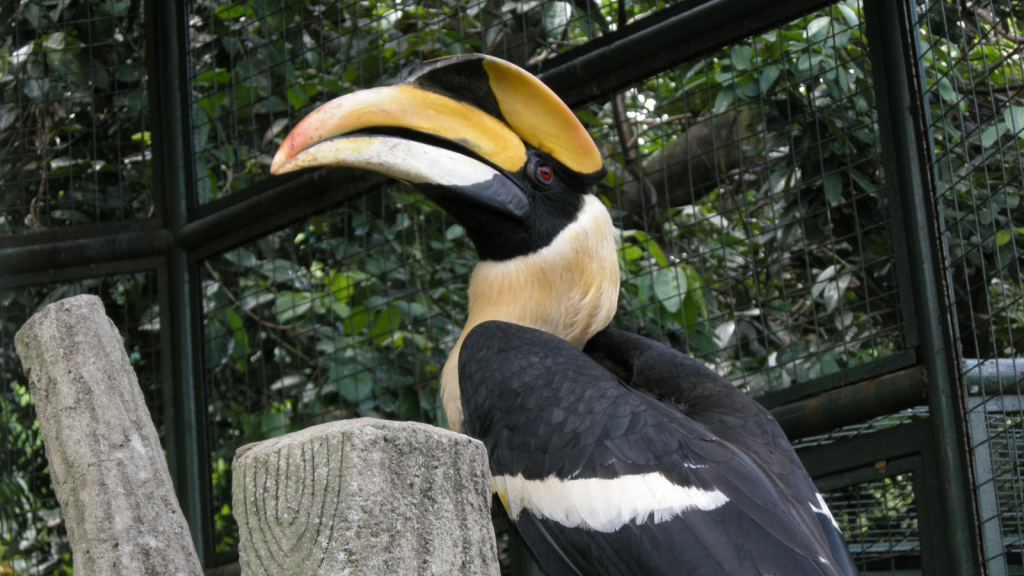
India is home to several species of hornbills, birds known for their massive, colourful bills. The most striking feature of hornbills is the casque, a hollow structure on top of their bill that amplifies their calls. During nesting, the female seals herself inside a tree cavity, relying on the male to feed her through a small slit for several months. The Great Hornbill, India’s largest hornbill species, has a wingspan of up to 1.5 meters and plays a crucial role in forest ecology by dispersing large seeds.
Purple Moorhen
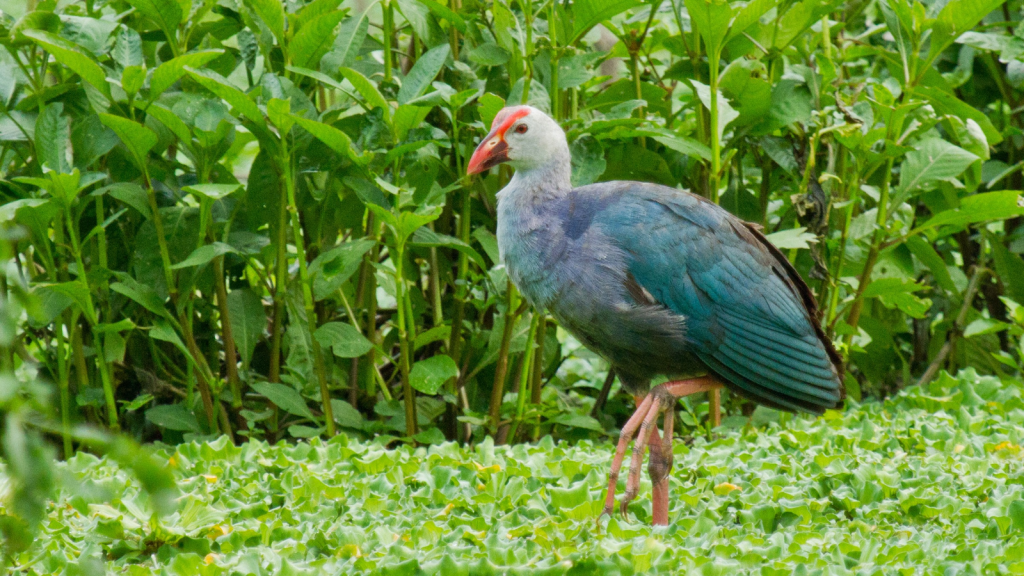
The Purple Moorhen, or Western Swamphen, is a large, colourful waterbird found in wetlands across India. Its vibrant purple-blue plumage and massive red bill and legs make it look almost comical. These birds have enormous feet that allow them to walk on floating vegetation, giving the impression that they’re walking on water. Purple Moorhens are known for their aggressive behaviour and will fiercely defend their territories, even against much larger birds.
Mudskippers
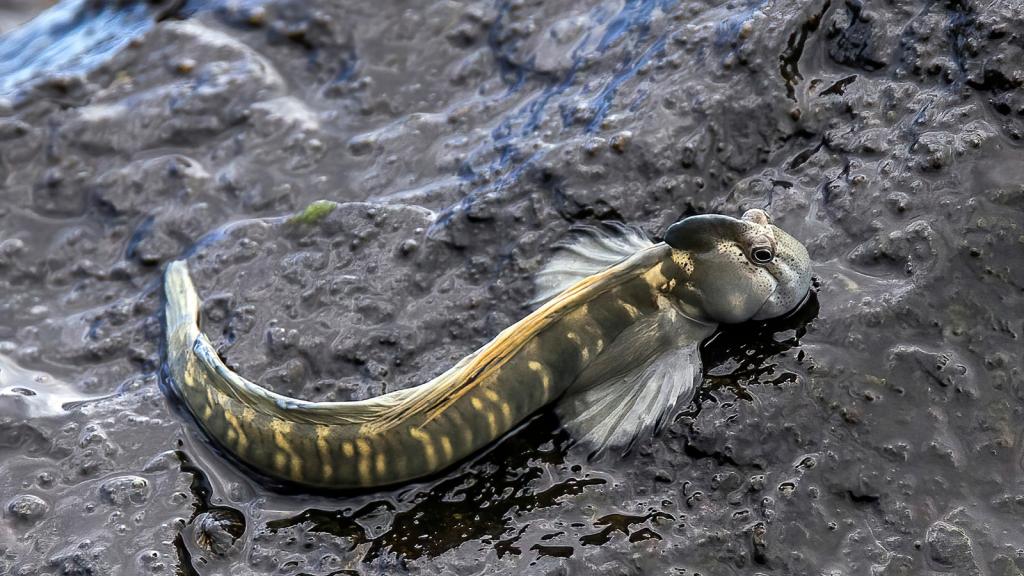
Mudskippers are amphibious fish found in the coastal mangrove swamps of India. They can breathe air and spend a significant amount of time out of water, using their powerful pectoral fins to ‘walk’ on land. Mudskippers have bulging eyes on top of their heads, giving them a goggle-eyed appearance that’s both odd and endearing. These unusual fish can absorb oxygen through their skin and the lining of their mouths and throats, allowing them to stay out of water for long periods.
Malabar Giant Squirrel
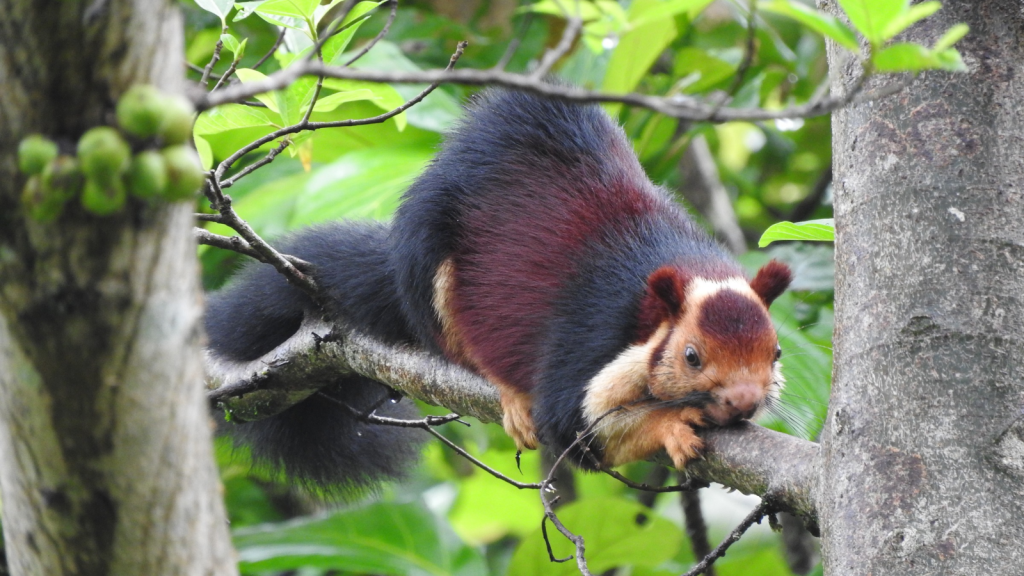
This squirrel is notable for its enormous size – it can grow up to 1 meter long, including its tail. The Malabar Giant Squirrel sports a multi-coloured coat that can include shades of black, brown, orange, maroon, and purple. It rarely descends to the ground, spending most of its life in the forest canopy where it can leap up to 6 meters between trees. These squirrels play a vital role in forest regeneration by dispersing seeds and are considered vulnerable due to habitat loss.
Fan-Throated Lizard
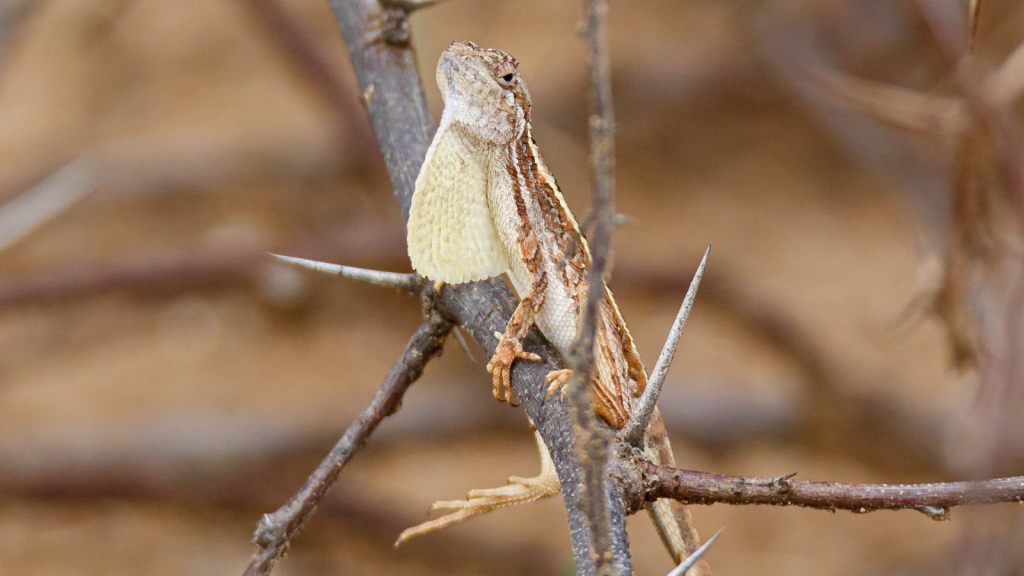
The male Fan-throated Lizard has a colourful, extendable flap of skin under its throat that it displays during courtship or territorial disputes. This fan can be bright blue, red, or black depending on the species. These small lizards have a remarkable ability to run on their hind legs, sprinting across hot sand dunes in a comical, upright posture. Fan-throated lizards have specialized scales on their toes that help them run across loose sand without sinking.
Loris
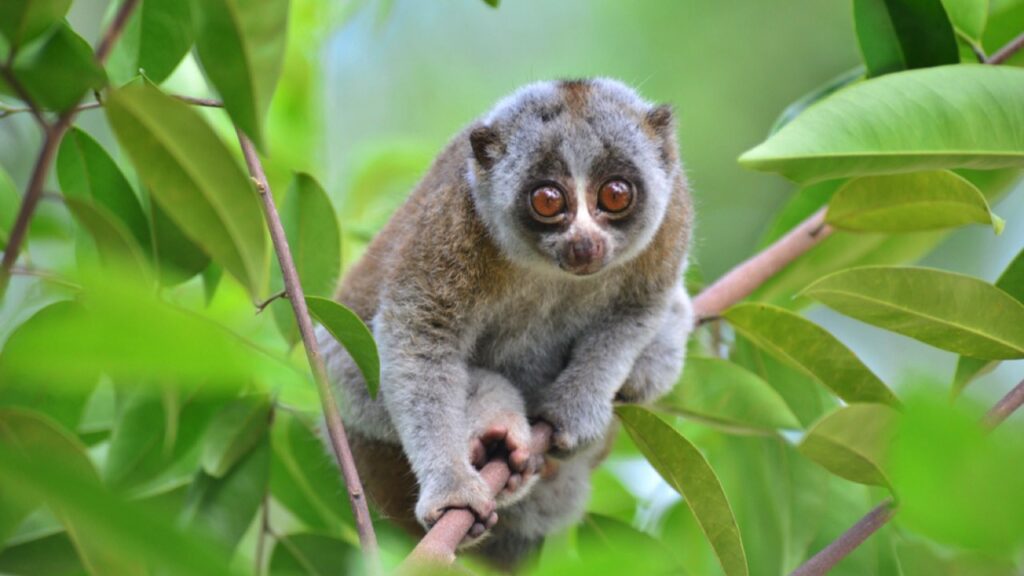
The Slender and Slow Lorises found in India are primates with huge, forward-facing eyes that give them excellent night vision. They move with slow, deliberate movements that make them appear to be in slow motion. Lorises have a venomous bite, a rarity among mammals, which they use for defence and to paralyze their insect prey. These nocturnal primates have a unique adaptation where the blood vessels in their hands and feet can constrict, allowing them to grip branches for hours without expending energy.

